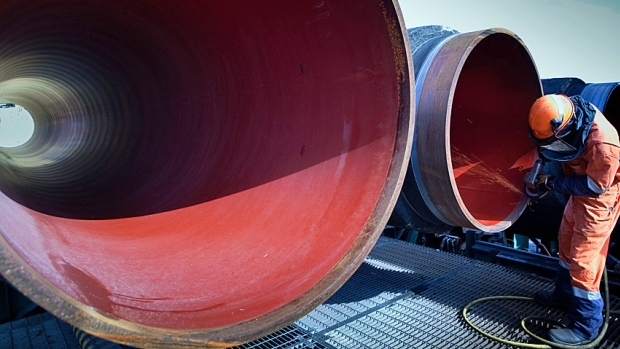 As Chevron and other companies toil to find US $50 billion in financial backing and supply contractors to support energy project investments, the lack of skilled workers may be the weak link that holds up production, preventing the multi-billion dollar ventures from being on time and on budget.
As Chevron and other companies toil to find US $50 billion in financial backing and supply contractors to support energy project investments, the lack of skilled workers may be the weak link that holds up production, preventing the multi-billion dollar ventures from being on time and on budget.
To address rising demands for gas in Asia, energy producers like Chevron are projected to spend $47.8 billion (US $44.8 billion) to build five liquefied natural gas “LNG” export terminals on the West Coast of Canada by 2021. The five, as estimated by Grant Thornton LLP (an audit, tax and advisory firm), would require 21,600 workers at the peak of construction.
Wage inflation caused by the rapid growth of Canada’s energy industry expansion attracts skilled workers, but the increasingly higher rates of compensation threaten the projects with cost overruns. According to U.S. and Canadian labor data, labor shortages in Canada have pushed wages for some oil and gas workers as much as 60 percent higher than their counterparts in the U.S. For instance, Nabors Industries Ltd. (NYSE:NBR), which operates the world’s largest land-based drilling rig fleet, reports that oil and gas drill operators can earn $44.80 an hour in Canada compared to $29.50 for the same job in Texas.
Wage demands are exacerbated by workers’ reluctance to spend long periods on site in locations that may be remote or that present extreme challenges due to weather conditions. Energy companies are seeking reasonably affordable, non-wage amenities to attract skilled workers, such as housing camps that offer a homey or resort-like atmosphere, appealing food choices, and a variety of entertainment and recreation options.
By addressing quality-of-life issues for workers, companies may be able to better manage labor requirements and contain project costs.

